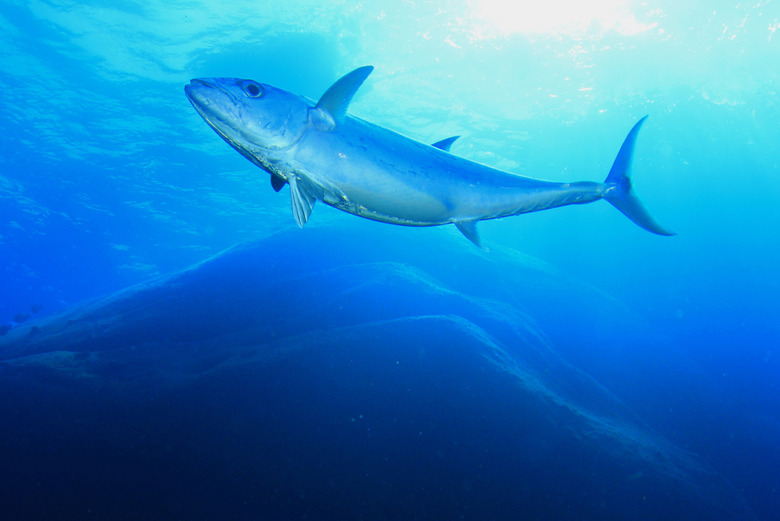Countries Agree To Plan To Save Pacific Bluefin Tuna
The world's appetite for Pacific bluefin tuna has the species nearing commercial extinction. But now the tuna-fishing countries of the world have agreed to terms designed to get populations back to sustainable levels.
According to NPR, on Friday the Western and Central Pacific Fisheries Commission and the Inter-American Tropical Tuna Commission–the bodies responsible for managing Pacific bluefin tuna–agreed to recover tuna populations to sustainable levels and create long-term plans to preserve the species.
Bluefin tuna is one of the most desirable fish, especially for sushi, but its populations are at record low levels. This week international delegates agreed to set a target population of 20 percent of historic levels by 2034. That would only be 20 percent of historic highs, but Pacific bluefin populations are currently only 2.6 percent of historic levels. Getting to 20 percent would be a huge step forward in less than 20 years.
Margaret Spring, chief conservation officer for the Monterey Bay Aquarium, called the agreement an "historic moment." Experts say that Pacific bluefin tuna is in an extremely precarious position, but there are still enough breeding fish out there that that they could replenish their numbers if people let them survive and reproduce.
According to Future of the Ocean, some of the preservation steps agreed upon include sliding catch limits, which means fishing quotas will change based on how well populations are doing. Other plans include a commitment to enforcing fishing quotas; investing in research into tuna biology, migration, and conservation; and monitoring catches closely to keep in line with quotas.
See what puts bluefin tuna on this list of $27,000 melons and other insanely expensive foods.
